Business
The Problem of Corporate Tax Rate Hikes
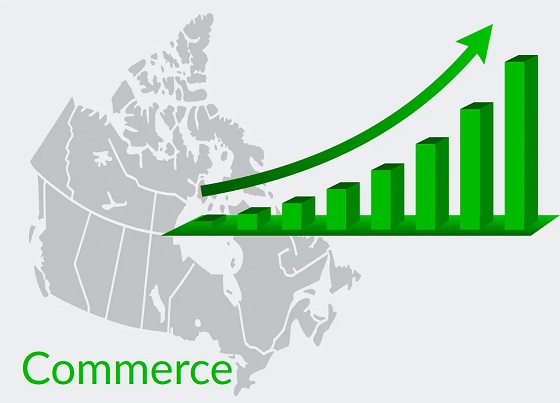
Why it’s nearly impossible to avoid causing more harm than good
Are Canadian corporations paying their share? Well, what is their share? And before we go there, just how much are Canadian corporations paying?
According to Statistics Canada, in the second quarter of 2024 the federal government received $221 billion from all income tax revenues (excluding CPP and QPP). Provincial governments took in another $104 billion, and local (municipal) governments got $21 billion. Using those numbers, we can (loosely) estimate that all levels of government raise somewhere around $1.38 trillion annually.
The Audit is a reader-supported publication. To receive new posts and support my work, consider becoming a free or paid subscriber.
If you’re curious (and I know you are), that means taxes cost each man, woman, and child in Canada $33,782 each year. Trust me: I feel your pain.
Based on Statistics Canada data from 2022 (the latest comparable data available), we can also say that roughly ten percent of those total revenues come from corporate taxes at both the federal and provincial levels.
Keep that 10:90 corporate-to-personal tax revenue ratio in mind. Because what if raising the corporate tax rate by, say, five percent ends up driving businesses to lay off even one percent of workers? Sure, you’ll take in an extra $7 billion in corporate taxes, but you might well lose the $12 billion in personal income taxes those laid-off workers would have paid.
How Much Should Corporations Pay?
Ok. So how should we calculate a business’s fair share? Arguably, a single dollar’s worth of business activity is actually taxed over and over again:
- When a corporation earns revenue, it’s taxed on its profits.
- Any remaining profit may be distributed to shareholders in the form of dividends. Shareholders, of course, will pay income tax on those dividends.
- Corporations pass on part of the tax burden to consumers through higher prices. When consumers pay those higher prices, a part of every dollar they spend is indirectly taxed through the corporation’s price adjustments.
- Employee wages paid from after-tax corporate profits are taxed yet again.
- Shareholders may eventually realize capital gains when they sell their shares. These gains are, naturally, also taxed.
I guess the ideal system would identify a corporate tax rate that takes all those layers into account to ensure that no single individual’s labor and contribution should carry an unreasonable burden. I’ll leave figuring out how to build such a system to smart people.
Does “Soaking Rich Corporations” Actually Work?
Do higher corporate taxes actually improve the lives of Canadians? Spoiler alert: it’s complicated.
Government policy choices generally come with consequences. From time to time, those will include actual solutions for serious problems. But they usually leave their mark in places of which lawmakers were initially barely aware existed.
Here’s where we get to explore some of those unintended consequences by comparing economic performance between provinces with varying corporate tax rates. Do higher rates discourage business investment leading to lower employment, economic activity, and incoming tax revenues? In other words, do tax rate increases always make financial sense?
To answer those questions, I compared each province’s large business tax rate with four economic measures:
- Gross domestic product per capita
- Business gross fixed capital formation (GFCF – the money businesses invest in capital improvements: the higher the GFCF, the more confidence businesses have in their long-term success)
- Private sector employment rate
- My own composite economic index (see this post)
Using four measures rather than just one or two gives us many more data points which reduces the likelihood that we’re looking at random statistical relationships. Here are the current provincial corporate tax rates for large businesses:
If we find a significant negative correlation between, say, higher tax rates and outcomes for all four of those measures, then we’d have evidence that higher rates are likely to have a negative impact on the economy (and on the human beings who live within that economy). If, on the other hand, there’s a positive correlation, then it’s possible higher taxes are not harmful.
When I ran the numbers, I found that the GDP per capita has a strong negative correlation with higher tax rates (meaning, the higher the tax rate, the lower the GDP). GFCF per capita and the private sector employment rate both had moderately negative correlations with higher taxes, and my own composite economic index had a weak negative correlation. Those results, taken together, strongly suggest that higher corporate tax rates are indeed harmful for a province’s overall economic health.
Here’s a scatter plot that illustrates the relationship between tax rates and the combined outcome scores:
Alberta, with the lowest tax rate also has the best outcomes. PEI, along with New Brunswick and Nova Scotia, share the high-tax-poor-outcome corner.
I guess the bottom line coming out of all this is that the “rich corporations aren’t paying their share” claim isn’t at all simple. To be taken seriously, you’d need to account for:
- The true second-order costs that higher corporate taxes can impose on consumers, investors, and workers.
- The strong possibility that higher corporate taxes might cause more harm to economies than they’re worth.
- The strong possibility that extra revenues might just end up being dumped into the general pool of toxic government waste.
Or, in other words, smart policy choices require good data.
The Audit is a reader-supported publication. To receive new posts and support my work, consider becoming a free or paid subscriber.
Alberta
Alberta taxpayers should know how much their municipal governments spend

From the Fraser Institute
By Tegan Hill and Austin Thompson
Next week, voters across Alberta will go to the polls to elect their local governments. Of course, while the issues vary depending on the city, town or district, all municipal governments spend taxpayer money.
And according to a recent study, Grande Prairie County and Red Deer County were among Alberta’s highest-spending municipalities (on a per-person basis) in 2023 (the latest year of comparable data). Kara Westerlund, president of the Rural Municipalities of Alberta, said that’s no surprise—arguing that it’s expensive to serve a small number of residents spread over large areas.
That challenge is real. In rural areas, fewer people share the cost of roads, parks and emergency services. But high spending isn’t inevitable. Some rural municipalities managed to spend far less, demonstrating that local choices about what services to provide, and how to deliver them, matter.
Consider the contrast in spending levels among rural counties. In 2023, Grande Prairie County and Red Deer County spent $5,413 and $4,619 per person, respectively. Foothills County, by comparison, spent just $2,570 per person. All three counties have relatively low population densities (fewer than seven residents per square kilometre) yet their per-person spending varies widely. (In case you’re wondering, Calgary spent $3,144 and Edmonton spent $3,241.)
Some of that variation reflects differences in the cost of similar services. For example, all three counties provide fire protection but in 2023 this service cost $56.95 per person in Grande Prairie County, $38.51 in Red Deer County and $10.32 in Foothills County. Other spending differences reflect not just how much is spent, but whether a service is offered at all. For instance, in 2023 Grande Prairie County recorded $46,283 in daycare spending, while Red Deer County and Foothills County had none.
Put simply, population density alone simply doesn’t explain why some municipalities spend more than others. Much depends on the choices municipal governments make and how efficiently they deliver services.
Westerlund also dismissed comparisons showing that some counties spend more per person than nearby towns and cities, calling them “apples to oranges.” It’s true that rural municipalities and cities differ—but that doesn’t make comparisons meaningless. After all, whether apples are a good deal depends on the price of other fruit, and a savvy shopper might switch to oranges if they offer better value. In the same way, comparing municipal spending—across all types of communities—helps Albertans judge whether they get good value for their tax dollars.
Every municipality offers a different mix of services and those choices come with different price tags. Consider three nearby municipalities: in 2023, Rockyview County spent $3,419 per person, Calgary spent $3,144 and Airdrie spent $2,187. These differences reflect real trade-offs in the scope, quality and cost of local services. Albertans should decide for themselves which mix of local services best suits their needs—but they can’t do that without clear data on what those services actually cost.
A big municipal tax bill isn’t an inevitable consequence of rural living. How much gets spent in each Alberta municipality depends greatly on the choices made by the mayors, reeves and councillors Albertans will elect next week. And for Albertans to determine whether or not they get good value for their local tax dollars, they must know how much their municipality is spending.
Business
Major Projects Office Another Case Of Liberal Political Theatre
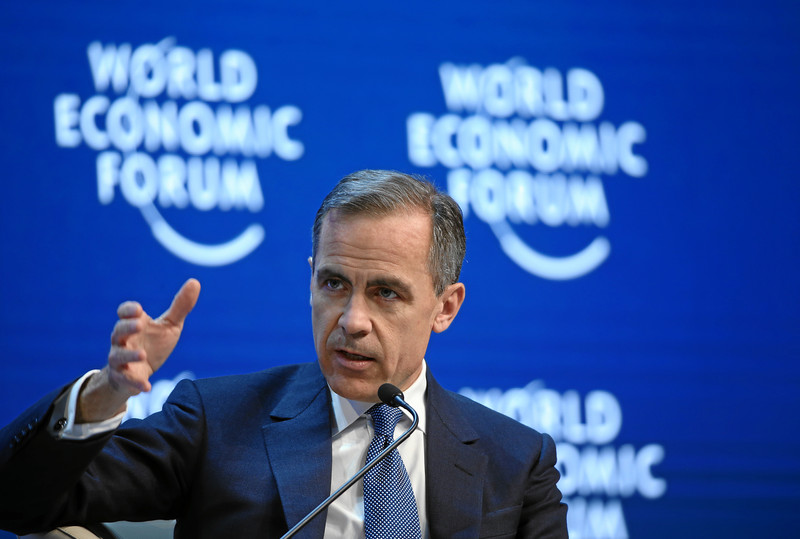
From the Frontier Centre for Public Policy
By Lee Harding
Ottawa’s Major Projects Office is a fix for a mess the Liberals created—where approval now hinges on politics, not merit.
They are repeating their same old tricks, dressing up political favouritism as progress instead of cutting barriers for everyone
On Sept. 11, the Prime Minister’s Office announced five projects being examined by its Major Projects Office, all with the potential to be fast-tracked for approval and to get financial help. However, no one should get too excited. This is only a bad effort at fixing what government wrecked.
During the Trudeau years, and since, the Liberals have created a regulatory environment so daunting that companies need a trump card to get anything done. That’s why the Major Projects Office (MPO) exists.
“The MPO will work to fast-track nation-building projects by streamlining regulatory assessment and approvals and helping to structure financing, in close partnership with provinces, territories, Indigenous Peoples and private investors,” explains a government press release.
Canadians must not be fooled. A better solution would be to create a regulatory and tax environment where these projects can meet market demand through private investment. We don’t have that in Canada, which is why money has fled the country and our GDP growth per capita is near zero.
Instead of this less politicized and more even-handed approach, the Liberals have found a way to make their cabinet the only gatekeepers able to usher someone past the impossible process they created. Then, having done so, they can brag about what “they” got done.
The Fraser Institute has called out this system for its potential to incentivize bribes and kickbacks. The Liberals have such a track record of handing out projects and even judicial positions to their friends that such scenarios become easier to believe. Innumerable business groups will be kissing up to the Liberals just to get anything major done.
The government has created the need for more of itself, and it is following up in every way it can. Already, the federal government has set up offices across Canada for people to apply for such projects. Really? Anyone with enough dollars to pursue a major project can fly to Ottawa to make their pitch.
No, this is as much about the show as it is about results—and probably much more. It is all too reminiscent of another big-sounding, mostly ineffective program the Liberal government rolled out in 2017. They announced a $950-million Innovation Superclusters Initiative “designed to help strengthen Canada’s most promising clusters … while positioning Canadian firms for global leadership.”
That program allowed any company in the world to participate, with winners getting matching dollars from taxpayers for their proposals. (But all for the good of Canada, we were told.) More than 50 applications were made for these sweepstakes, which included more than 1,000 businesses and 350 other participants. In Trudeau Liberal fashion, every applicant had to articulate how their proposal would increase female jobs and leadership and encourage diversity in the long term.
The entire process was like one big Dragon’s Den series. The Liberals trotted out a list of contestants full of nice-sounding possibilities, with maximum hype and minimal reality. Late in the process, Minister of Innovation, Science and Industry Navdeep Bains picked the nine finalists himself (all based in cities with a Liberal MP), from which five would be chosen.
The alleged premise was to leverage local and regional commercial clusters, but that soon proved ridiculous. The “Clean, Low-energy, Effective and Remediated Supercluster” purported to power clean growth in mining in Ontario, Quebec and Vancouver. Not to be outdone, the “Mobility Systems and Technologies for the 21st Century Supercluster” included all three of these locations, plus Atlantic Canada. They were only clustered by their tendency to vote Liberal.
Today, the MPO repeats this virtue-signalling, politicking, drawn-out, tax-dollar-spending drama. The Red Chris Mine expansion in northwest British Columbia is one of the proposals under consideration. It would be done in conjunction with the Indigenous Tahltan Nation and is supposed to reduce greenhouse gas emissions by 70 per cent. That’s right up the Liberal alley.
Meanwhile, the project is somehow part of a proposed Northwest Critical Conservation Corridor that would cordon off an area the size of Greece from development. Is this economic growth or economic prohibition? This approach is more like the United Nations’ Agenda 2030 than it is nation-building. And it is more like the World Economic Forum’s “stakeholder capitalism” approach than it is free enterprise.
At least there are two gems among the five proposals. One is to expand capacity at the Port of Montreal, and another is to expand the Canada LNG facility in Kitimat, B.C. Both have a market case and clear economic benefits.
Even here, Canadians must ask themselves, why must the government use a bulldozer to get past the red tape it created? Why not cut the tape for everyone? The Liberals deserve little credit for knocking down a door they barred themselves.
Lee Harding is a research fellow for the Frontier Centre for Public Policy.
-

 Energy2 days ago
Energy2 days agoIndigenous Communities Support Pipelines, Why No One Talks About That
-

 Alberta2 days ago
Alberta2 days agoOil Sands are the Costco of world energy – dependable and you know exactly where to find it
-

 Business2 days ago
Business2 days agoFinance Committee Recommendation To Revoke Charitable Status For Religion Short Sighted And Destructive
-
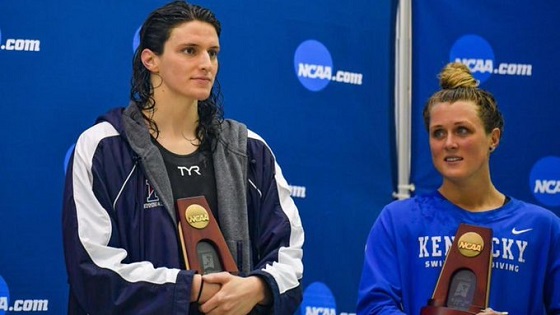
 International2 days ago
International2 days agoNumber of young people identifying as ‘transgender’ declines sharply: report
-

 Alberta2 days ago
Alberta2 days agoThe Technical Pitfalls and Political Perils of “Decarbonized” Oil
-

 National21 hours ago
National21 hours agoDemocracy Watch Renews Push for Independent Prosecutor in SNC-Lavalin Case
-
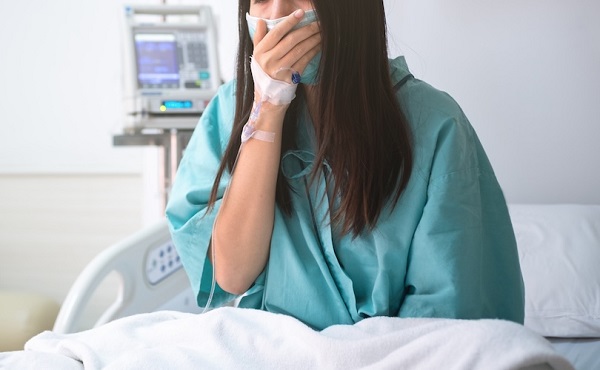
 Health2 days ago
Health2 days agoColorado gave over 500 people assisted suicide drugs solely for eating disorders in 2024
-
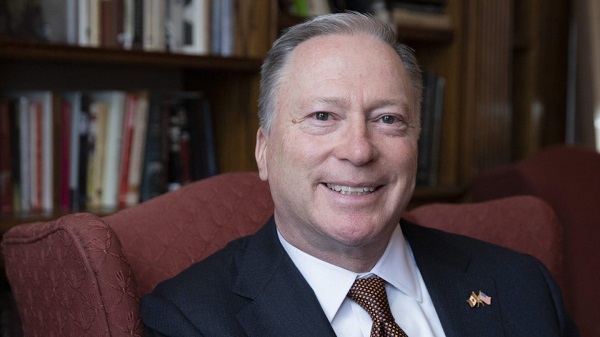
 Alberta1 day ago
Alberta1 day agoEnbridge CEO says ‘there’s a good reason’ for Alberta to champion new oil pipeline











